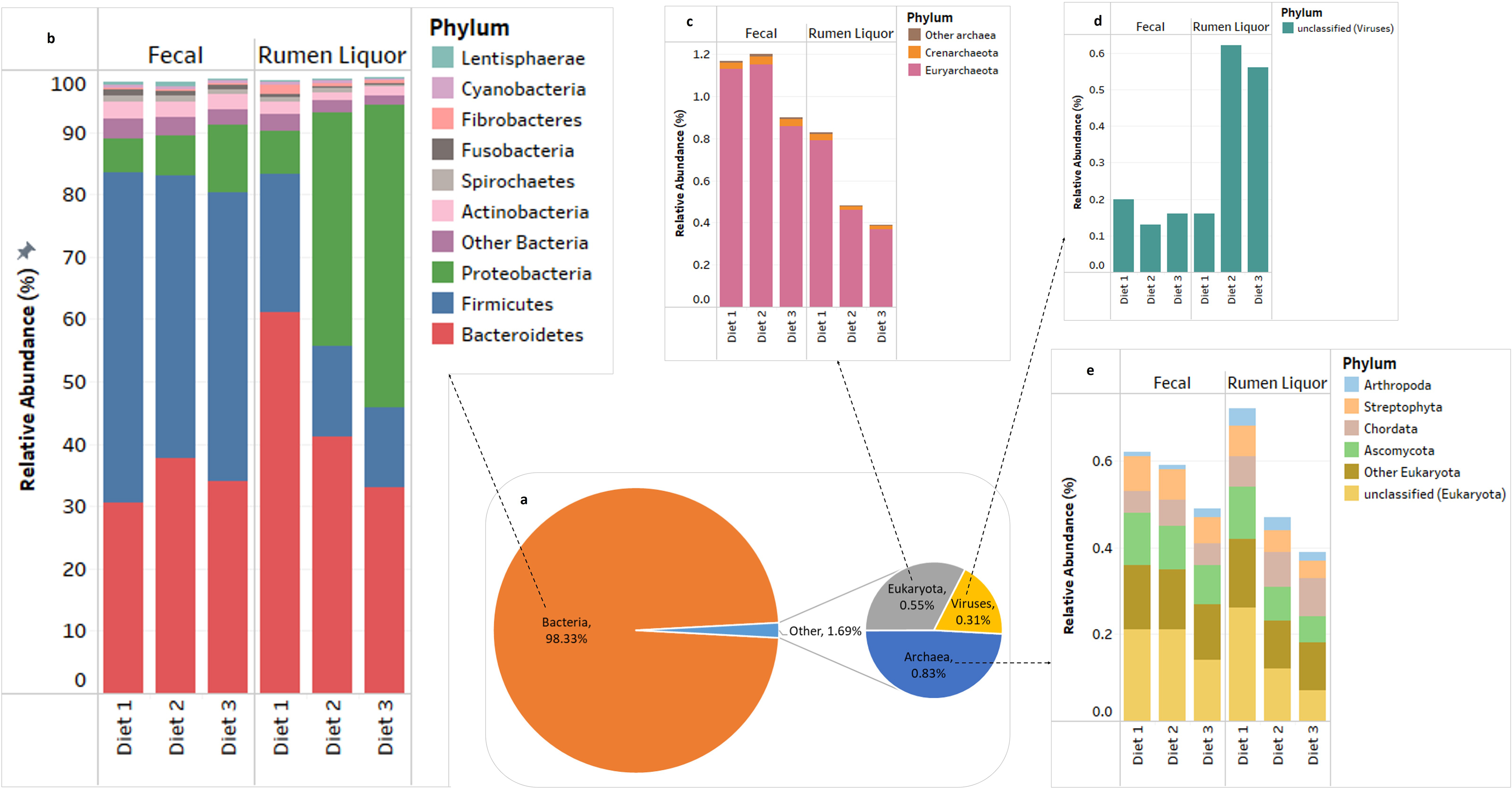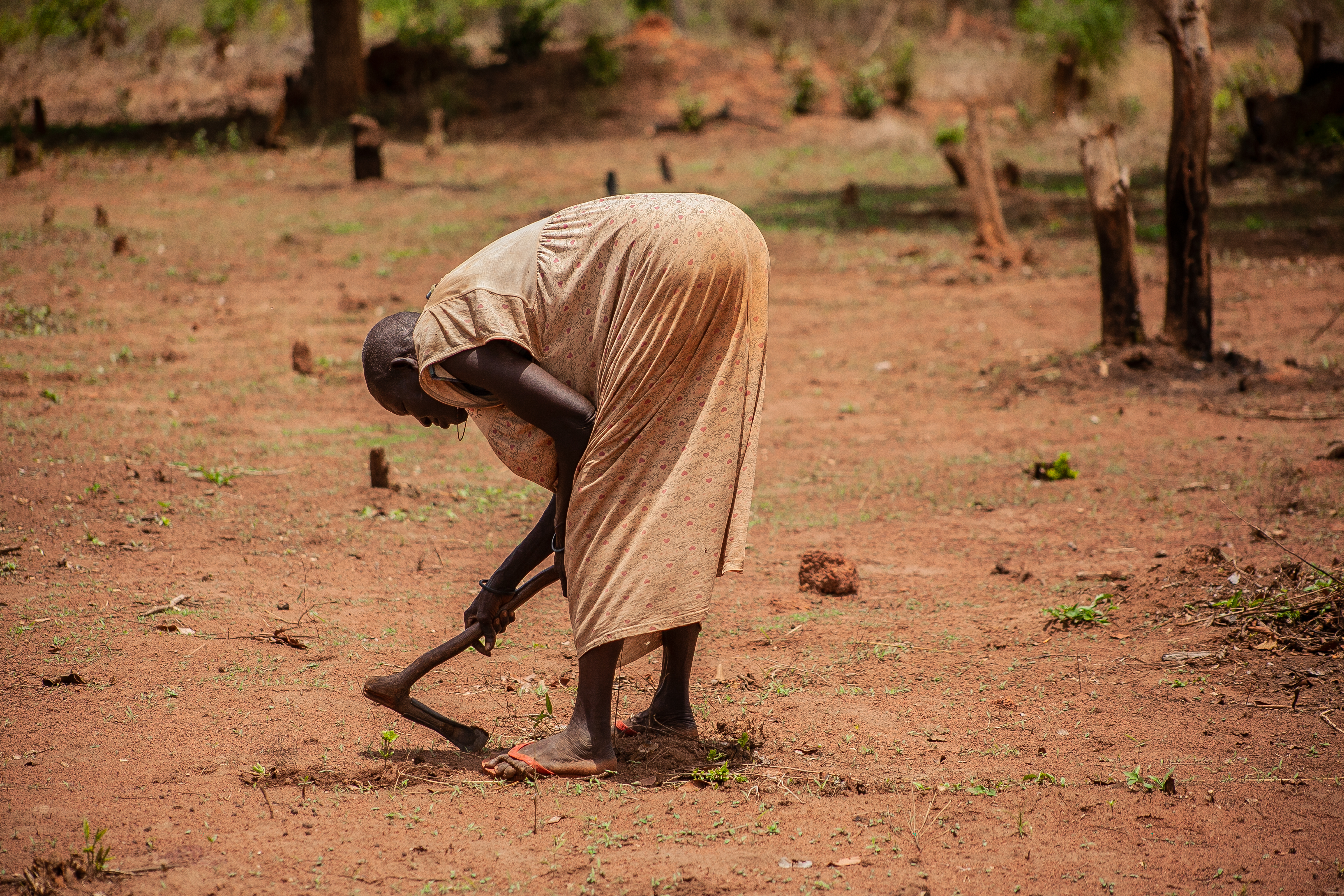|
Nuer People
The Nuer people are a Nilotic peoples, Nilotic ethnic group concentrated in the Greater Upper Nile region of South Sudan. They also live in the Ethiopian region of Gambela Region, Gambella. The Nuer speak the Nuer language, which belongs to the Nilotic languages, Nilotic language family. They are the second-largest ethnic group in South Sudan and the largest ethnic group in Gambella, Ethiopia. The Nuer people are pastoralists who herd cattle for a living. Their cattle serve as companions and define their lifestyle. The Nuer call themselves "Naath". Overview The Nuer people have historically been undercounted because of the semi-nomadic lifestyle. They also have a culture of counting only older members of the family. For example, the Nuer believe that counting the number of cattle one has could result in misfortune and prefer to report fewer children than they have. Their South Sudan counterparts are the Horn peninsula's westernmost Horners. History The Nuer people are said t ... [...More Info...] [...Related Items...] OR: [Wikipedia] [Google] [Baidu] |
Nuerland
Nuerland (Nuer language, Thok Naath: Ro̱l Naath, Arabic:بلد النوير, Nickname: the True Savannah) is the indigenous homeland and traditional territory of the Nuer people, situated largely within South Sudan between the latitudes of 7° and 10° north and longitudes of 29° and 32° east. The region encompasses parts of the Upper Nile (state), Upper Nile State, Jonglei State, Unity (state), Unity State, and surrounding areas, characterized by a mix of swamps, savannahs, and higher ground. The Nuer are a Nilotic peoples, Nilotic ethnic group primarily engaged in pastoralism, with cattle playing a central role in their economy, social structure, and cultural practices. The landscape of Nuerland, marked by its seasonal floods, dictates the semi-nomadic lifestyle of the Nuer, who move between higher grounds and swampy areas in accordance with the dry and wet seasons. Historically, the Nuer have had a complex relationship with neighboring ethnic groups, including Dinka peopl ... [...More Info...] [...Related Items...] OR: [Wikipedia] [Google] [Baidu] |
Anyuak
The Anyuak, also known as Anyuaa and Anywaa, are a Luo Nilotic ethnic group inhabiting parts of East Africa. The Anuak belong to the larger Luo family group. Their language is referred to as Dha-Anywaa. They primarily reside in the Gambela Region of western Ethiopia, and South Sudan. Group members number between 200,000 and 300,000 people worldwide. Many of the Anyuak people now follow Christianity. It is one of the first of the Nilotic groups to become almost entirely Christian, following the Shilluk people. History According to American non-profit organization Cultural Survival, the Anuak originally lived on land near the Pibor River and the Sobat River, in present-day eastern South Sudan near Ethiopia. Due to displacement from other groups, most Anuak now live along the Baro River and the Akobo River. The Anuak are a Nilotic people. They have lived in the area of the Upper Nile for hundreds of years and consider their land to be their tribal land. Unlike other Nilot ... [...More Info...] [...Related Items...] OR: [Wikipedia] [Google] [Baidu] |
Rites Of Passage
A rite of passage is a ceremony or ritual of the passage which occurs when an individual leaves one group to enter another. It involves a significant change of status in society. In cultural anthropology the term is the Anglicisation of ''rite de passage'', a French term innovated by the ethnographer Arnold van Gennep in his work ''Les rites de passage'', ''The Rites of Passage''. The term is now fully adopted into anthropology as well as into the literature and popular cultures of many modern languages. Original conception In English, Van Gennep's first sentence of his first chapter begins: "Each larger society contains within it several distinctly separate groupings. ... In addition, all these groups break down into still smaller societies in subgroups." The population of a society belongs to multiple groups, some more important to the individual than others. Van Gennep uses the metaphor, "as a kind of house divided into rooms and corridors." A passage occurs when an in ... [...More Info...] [...Related Items...] OR: [Wikipedia] [Google] [Baidu] |
Language
Language is a structured system of communication that consists of grammar and vocabulary. It is the primary means by which humans convey meaning, both in spoken and signed language, signed forms, and may also be conveyed through writing system, writing. Human language is characterized by its cultural and historical diversity, with significant variations observed between cultures and across time. Human languages possess the properties of Productivity (linguistics), productivity and Displacement (linguistics), displacement, which enable the creation of an infinite number of sentences, and the ability to refer to objects, events, and ideas that are not immediately present in the discourse. The use of human language relies on social convention and is acquired through learning. Estimates of the number of human languages in the world vary between and . Precise estimates depend on an arbitrary distinction (dichotomy) established between languages and dialects. Natural languages are ... [...More Info...] [...Related Items...] OR: [Wikipedia] [Google] [Baidu] |
Institution
An institution is a humanly devised structure of rules and norms that shape and constrain social behavior. All definitions of institutions generally entail that there is a level of persistence and continuity. Laws, rules, social conventions and norms are all examples of institutions. Institutions vary in their level of formality and informality. Institutions are a principal object of study in social sciences such as political science, anthropology, economics, and sociology (the latter described by Émile Durkheim as the "science of institutions, their genesis and their functioning"). Primary or meta-institutions are institutions such as the family or money that are broad enough to encompass sets of related institutions. Institutions are also a central concern for law, the formal mechanism for political rule-making and enforcement. Historians study and document the founding, growth, decay and development of institutions as part of political, economic and cultural history. Def ... [...More Info...] [...Related Items...] OR: [Wikipedia] [Google] [Baidu] |
Horticulture
Horticulture (from ) is the art and science of growing fruits, vegetables, flowers, trees, shrubs and ornamental plants. Horticulture is commonly associated with the more professional and technical aspects of plant cultivation on a smaller and more controlled scale than agronomy. There are various divisions of horticulture because plants are grown for a variety of purposes. These divisions include, but are not limited to: propagation, arboriculture, landscaping, floriculture and turf maintenance. For each of these, there are various professions, aspects, tools used and associated challenges -- each requiring highly specialized skills and knowledge on the part of the horticulturist. Typically, horticulture is characterized as the ornamental, small-scale and non-industrial cultivation of plants; horticulture is distinct from gardening by its emphasis on scientific methods, plant breeding, and technical cultivation practices, while gardening, even at a professional level, tends ... [...More Info...] [...Related Items...] OR: [Wikipedia] [Google] [Baidu] |
Pastoralism
Pastoralism is a form of animal husbandry where domesticated animals (known as "livestock") are released onto large vegetated outdoor lands (pastures) for grazing, historically by nomadic people who moved around with their herds. The animal species involved include cattle, camels, goats, yaks, llamas, reindeer, horses, and sheep. Pastoralism occurs in many variations throughout the world, generally where environmentally effected characteristics such as aridity, poor soils, cold or hot temperatures, and lack of water make crop-growing difficult or impossible. Operating in more extreme environments with more marginal lands means that pastoral communities are very vulnerable to the effects of global warming. Pastoralism remains a way of life in many geographic areas, including Africa, the Tibetan plateau, the Eurasian steppes, the Andes, Patagonia, the Pampas, Australia and many other places. , between 200 million and 500 million people globally practiced pa ... [...More Info...] [...Related Items...] OR: [Wikipedia] [Google] [Baidu] |
Cattle
Cattle (''Bos taurus'') are large, domesticated, bovid ungulates widely kept as livestock. They are prominent modern members of the subfamily Bovinae and the most widespread species of the genus '' Bos''. Mature female cattle are called cows and mature male cattle are bulls. Young female cattle are called heifers, young male cattle are oxen or bullocks, and castrated male cattle are known as steers. Cattle are commonly raised for meat, for dairy products, and for leather. As draft animals, they pull carts and farm implements. Cattle are considered sacred animals within Hinduism, and it is illegal to kill them in some Indian states. Small breeds such as the miniature Zebu are kept as pets. Taurine cattle are widely distributed across Europe and temperate areas of Asia, the Americas, and Australia. Zebus are found mainly in India and tropical areas of Asia, America, and Australia. Sanga cattle are found primarily in sub-Saharan Africa. These types, sometime ... [...More Info...] [...Related Items...] OR: [Wikipedia] [Google] [Baidu] |
Kinship And Descent
In anthropology, kinship is the web of social relationships that form an important part of the lives of all humans in all societies, although its exact meanings even within this discipline are often debated. Anthropologist Robin Fox says that the study of kinship is the study of what humans do with these basic facts of life mating, gestation, parenthood, socialization, siblingship etc. Human society is unique, he argues, in that we are "working with the same raw material as exists in the animal world, but ecan conceptualize and categorize it to serve social ends." These social ends include the socialization of children and the formation of basic economic, political and religious groups. Kinship can refer both to the patterns of social relationships themselves, or it can refer to the study of the patterns of social relationships in one or more human cultures (i.e. kinship studies). Over its history, anthropology has developed a number of related concepts and terms in the s ... [...More Info...] [...Related Items...] OR: [Wikipedia] [Google] [Baidu] |
United Nations Mission In South Sudan
The United Nations Mission in South Sudan (UNMISS) is a United Nations peacekeeping mission for South Sudan, which became independent on 9 July 2011. UNMISS was established on 8 July 2011 by United Nations Security Council Resolution 1996 (2011). Since December 2016, UNMISS has been led by the Secretary-General's Special Representative, South African lawyer and diplomat Nicholas Haysom. Haysom succeeded David Shearer in January 2021. , it is composed of 14,222 military personnel, 1,446 police, and 2,228 civilian workers, as well as small contingents of experts, staff officers, and volunteers. The military deployment is commanded by the Indian Lieutenant General Mohan Subramanian. It is headquartered in the South Sudanese capital of Juba. Mandate The stated UNMISS Mandate includes: *Support for peace consolidation and thereby fostering longer-term statebuilding and economic development *Support the Government of the Republic of South Sudan in exercising its responsibilit ... [...More Info...] [...Related Items...] OR: [Wikipedia] [Google] [Baidu] |
Murle People
The Murle are a Surmic ethnic group inhabiting the Pibor County and Boma area in Greater Pibor Administrative Area, South Sudan, as well as parts of southwestern Ethiopia. They have also been referred as ''Beir'' by the Dinka people, Dinka and as ''Jebe'' by the Luo people, Luo and Nuer people, Nuer, among others. The Murle speak the Murle language, which is part of the Surmic, Surmic language family. The language cluster includes some adjoining groups in Sudan, as well as some non-contiguous Surmic populations in southwestern Ethiopia. History Murle oral traditions, as recorded by Bazzet Lewis—a British colonial officer who served as District Commissioner among the Murle from 1941 to 1944—offer a detailed account of the community’s origins. In his 1972 ethnographic study, Lewis highlights the significance of Jen, a mythical place located beyond Maji, Ethiopia, Maji, located on the Boma Plateau, Boma plateau. In Murle cosmology, Jen is venerated as the sacred point of orig ... [...More Info...] [...Related Items...] OR: [Wikipedia] [Google] [Baidu] |








